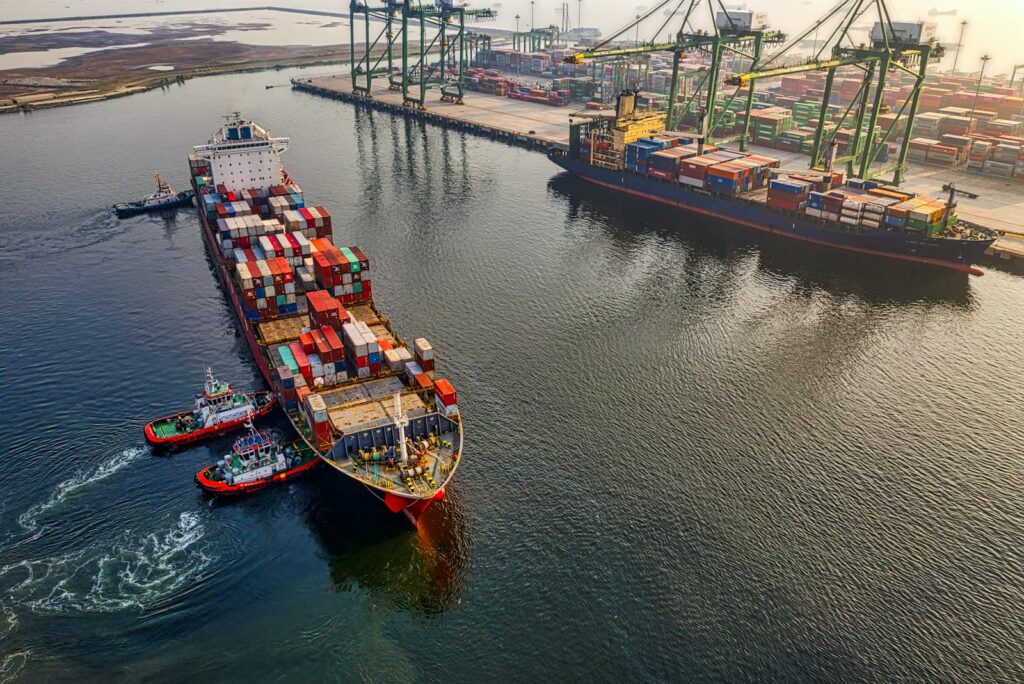The ‘bystander effect’ is a fascinating psychological phenomenon that highlights the mental barriers people face when deciding to intervene during emergencies, often leading to inaction despite being surrounded by others. It’s intriguing how, even in a crowd, individuals may hesitate to act, each thinking that someone else will step in, which raises important discussions about moral duty and our role within society, especially in light of recent high-profile cases like George Floyd’s tragedy. Understanding the mechanics of the bystander effect is crucial for nurturing a culture where proactive altruism thrives in public settings.

The bystander effect can be understood through the lens that individuals within a group might feel a diminished sense of personal responsibility to take action, making it easier to overlook the need for intervention.
This phenomenon suggests that when people are part of a larger group, their sense of personal accountability can wane significantly compared to when they are acting alone. The classic case of Kitty Genovese, who was murdered in 1964 while 37 witnesses seemingly did nothing, highlights this issue, even though subsequent investigations revealed the complexities of the situation and the responses of those present, it remains a powerful illustration of the bystander effect in action.
This brings us to a pivotal question: why do individuals in groups often fail to act? Social psychologists Bibb Latane and John Darley’s research in the 1970s indicated that the likelihood of a person taking action decreases as the number of bystanders increases. This ‘diffusion of responsibility’ illustrates that the larger the crowd, the less personal responsibility each person feels, which can create a paralyzing effect during critical moments.
However, the bystander effect is not a rule without exceptions. Recent studies, such as the analysis by Daniel Stalder in 2008 and the research by Richard Philpot and colleagues in 2019, suggest that larger groups may actually increase the probability of intervention. Philpot’s study, which examined real-life public conflicts through surveillance footage, found that in over 90% of the cases, at least one person intervened, often with several witnesses stepping in to help.
So, what valuable lessons can we glean from this phenomenon? While the bystander effect is indeed a widespread occurrence, it’s important to recognize that it is not an unchangeable truth. In many cases, individuals do choose to intervene, and sometimes the presence of others can actually encourage them to act. Additionally, the context plays a significant role; in the circumstances surrounding George Floyd, factors such as the dynamics of power between an armed police officer and unarmed witnesses—many of whom were Black—added layers of complexity to the choices individuals faced about intervention.
The bystander effect serves as a poignant reminder of our inherent social nature and the complex psychological processes at play within it.
Darnella Frazier, the teenager who filmed Floyd’s tragic death, expressed regret for not doing more. Yet, her actions, along with those of other witnesses who recorded the event and called out for the officer to stop, were significant forms of intervention. They provided crucial evidence for the prosecution and helped to bring about a global awareness of police brutality.
Ultimately, the bystander effect sheds light on the nuanced interactions of human behavior in social settings, emphasizing the importance of individual responsibility in emergency scenarios. It encourages us to recognize how the psychological dynamics affecting our actions can influence our willingness to help, reminding us that even in the midst of a crowd, our choices matter immensely. As we navigate our communities, staying mindful of how our individual actions contribute to positive societal change is vital.

Related posts:
The ‘bystander effect’ is real – but research shows that when more people witness violence, it’s more likely someone will step up and intervene
Bystander Effect In Psychology
Police violence and the ‘bystander effect’ explained





